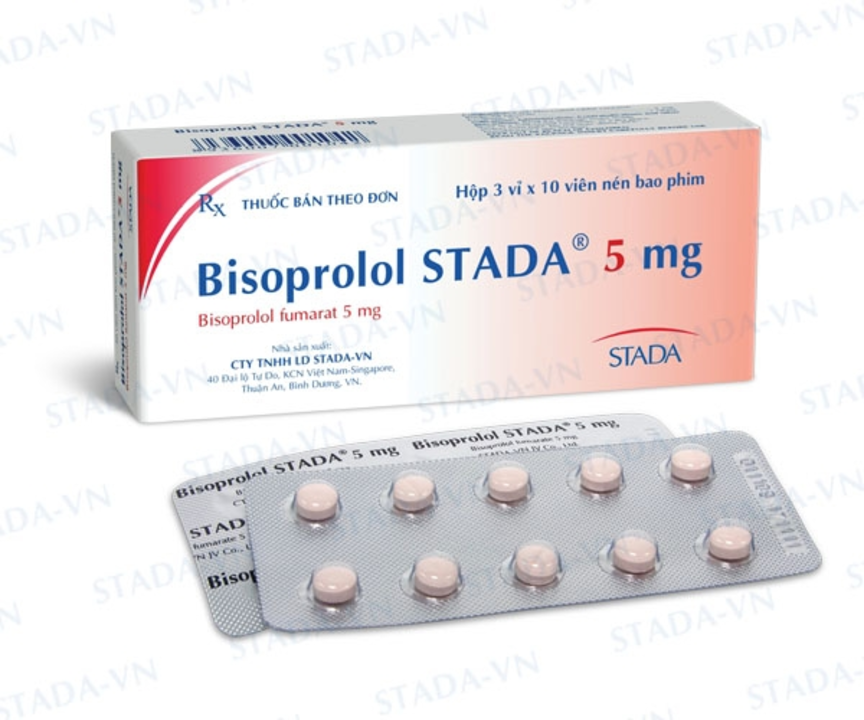Angina management: practical tips to feel safer and reduce attacks
Angina happens when your heart muscle doesn’t get enough oxygen. You might feel pressure, tightness, or squeezing in the chest that can spread to the arm, jaw, or back. Knowing what to do during an attack, how to prevent one, and which medicines help can keep you safer and less anxious.
First, recognize the types: stable angina shows up with exertion and eases with rest or nitroglycerin; unstable angina is new, worse, or happens at rest and needs urgent care; variant (Prinzmetal) angina comes from spasms and often happens at rest. If the pain is sudden, severe, or comes with fainting, heavy sweating, nausea, or breathlessness, call emergency services right away.
Quick steps during an attack
Sit down and rest. Take prescribed sublingual nitroglycerin and wait five minutes—if pain continues, take a second dose. If pain still persists after three doses or gets worse, call emergency services. Try slow, steady breathing to reduce panic. If you carry aspirin and a doctor has approved it, chew one regular-strength tablet while you wait for help.
Daily prevention and treatment
Medications aim to reduce symptoms and lower heart risk. Common drugs include nitrates for quick relief, beta-blockers to reduce demand on the heart, calcium channel blockers for spasms, antiplatelet drugs like aspirin to prevent clots, and statins to lower cholesterol. Your doctor may combine these based on your health and test results.
Lifestyle changes matter. Quit smoking, limit alcohol, follow a Mediterranean-style diet rich in vegetables, whole grains, lean protein, and healthy fats, and aim for regular moderate exercise after clearance from your doctor. Keep a healthy weight, control blood pressure and diabetes, and manage stress—simple things like paced walking and deep-breathing exercises can help.
Know your numbers: track blood pressure, cholesterol, HbA1c if diabetic, and follow up on any cardiac tests—exercise tests, CT scans, or angiography—as advised. If you have angina, keep an up-to-date action plan: which meds to take, emergency contacts, and when to seek urgent care.
Practical tips: store nitroglycerin in its original container away from heat, replace it if it loses fizz, and know how to use spray vs tablets. Wear comfortable clothes during activity, avoid heavy meals right before exertion, and don’t skip medications. Tell travel companions about your condition and carry ID that lists your heart diagnosis and meds.
Talk to your doctor about procedures if medication doesn’t control symptoms. Angioplasty or bypass surgery can restore blood flow when needed, and rehab programs can speed recovery. With a clear plan, the right meds, and simple lifestyle steps, angina can be managed effectively—stay alert to warning signs and act fast if things change.
Keep an eye on side effects and drug interactions. Nitrates, beta-blockers, and blood thinners can interact with other meds and supplements. Always tell providers about your angina meds. Cardiac rehab offers supervised exercise, education, and counseling that cut future risk. Mental health matters too—anxiety and depression can make symptoms worse, so get help when needed.
As a blogger, I recently came across the topic of Biosoprolol and its role in managing angina. Angina is a condition characterized by chest pain that occurs when the heart doesn't receive enough oxygen-rich blood. Biosoprolol, a type of beta-blocker, has been proven to be effective in treating angina by decreasing the heart's workload and oxygen demand. By doing so, it helps to alleviate chest pain and improve overall heart function. In summary, Biosoprolol plays a crucial role in the management of angina, making it an important medication for those suffering from this condition.

